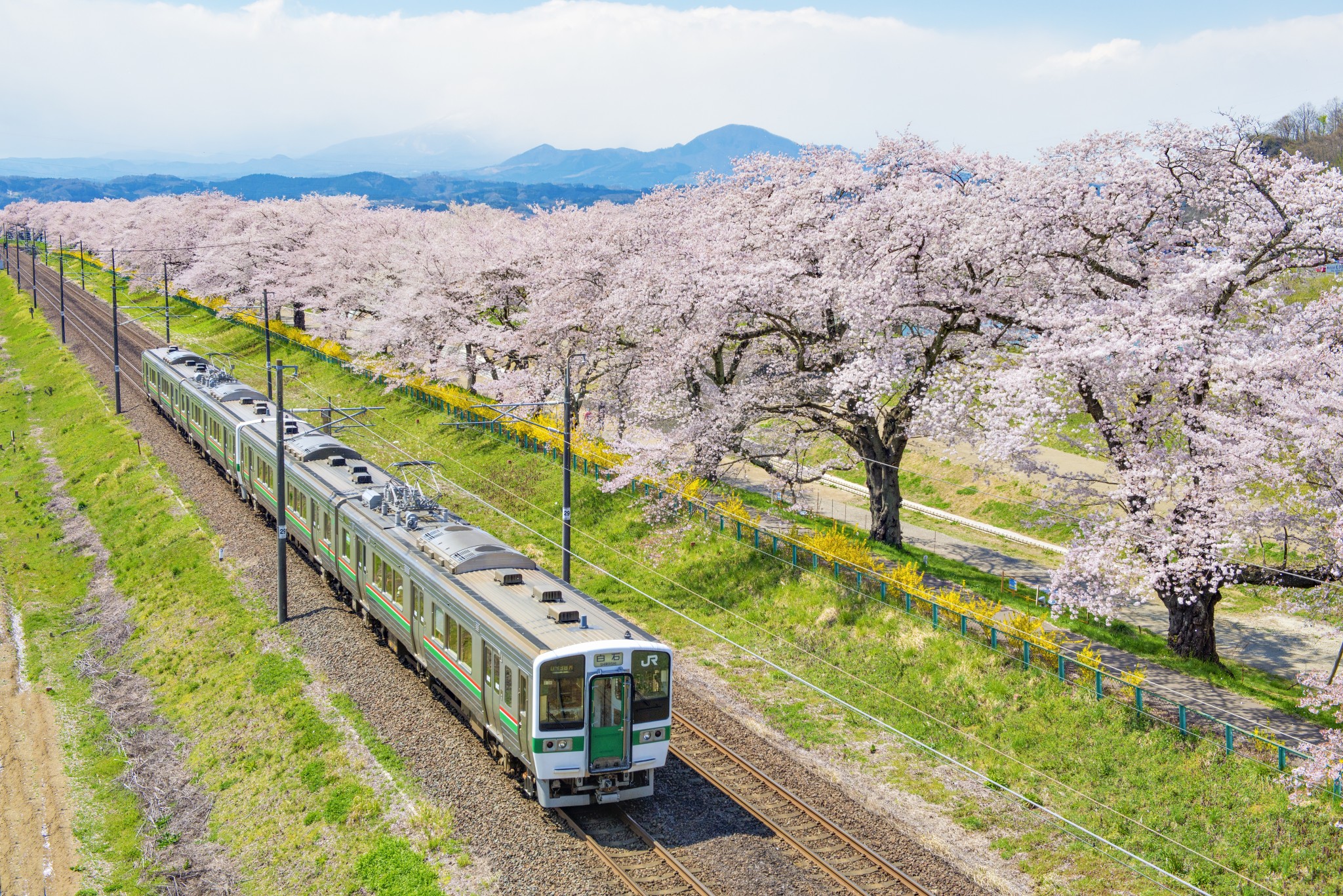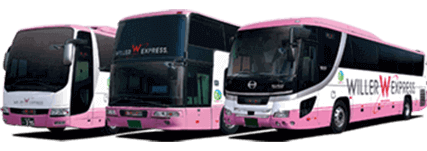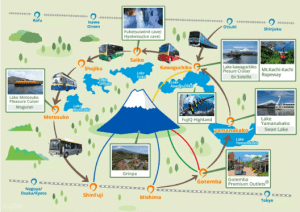Just as Europe has its famous Eurail Pass, so too does Japan have its own version: the Japan Rail (JR) Pass. Now, you don't need a pass in order to ride JR trains around Japan, but many foreigners enjoy the convenience of an all-you-can-ride pass to easily travel the country. But does the JR Pass actually save you money when travelling Japan?
IMPORTANT: JR Pass prices will be significantly increasing starting October 2023 (as much as 77%!). You can still get the cheaper prices if you purchase your pass before September 30, 2023, physically exchange the pass in Japan by December 28, 2023, and activate it within the following 30 days. So if you're going to Japan soon, buy your pass ASAP!
Need a breakdown of all the JR passes available? Check out Japan Rail (JR) Passes: The Ultimate Guide.
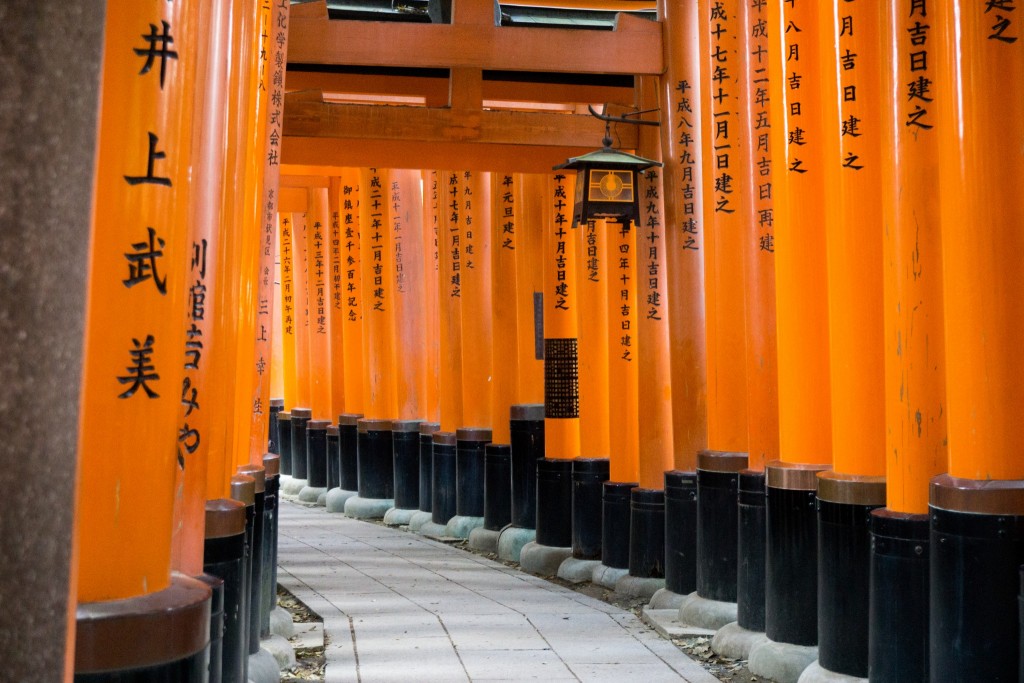
Will a Japan Rail Pass Save You Money?
A JR pass must be used on consecutive days within its allotted timeframe. That means a 7-day pass must be used in 7 days – after that, it will no longer be valid.
Considering this, you should divide a JR pass cost by the # of travel days to get a daily average. A 7-day JR pass costs ¥29,110 (~$265 USD), or ~¥4,158 (~$37 USD) per day. Compare this against what you'd spend on transit per day in 7 days (there's lots of options!), and you will determine if the pass is cheaper to use. Hint: it's probably not. Here's why.
1. The JR pass only works on JR lines
A JR pass may get you from one city to the next, but will not work on anything else. Local buses, subways, and non-JR trains must be paid for out of pocket and you should factor in those additional costs. Trying to stick to just JR trains within a city will require a lot of co-ordination, and in some places like Osaka and Kyoto, the JR trains are limited. Meanwhile, there are other ways to cover such costs and get around Japan – with and without JR trains – which leads me to my next point…
2. There are cheaper, more flexible tourist passes throughout the country
Throughout Japan, regional passes can be used on inter-city and public transit. This is the case for the Kansai area, arguably Japan's most popular region after Tokyo, as it includes Kyoto, Osaka, Nara, Kobe, Hyogo, Wakayama and Shiga. A multi-day Kansai-Hiroshima Area Pass or a Kansai Thru Pass (price breakdown below) can be used in and between all of these cities – some of which are hours apart. Better yet, it includes unlimited use of inter-city trains, subways, and buses and can be used on non-consecutive days. Finally, you also get discounted entry to multiple attractions. How thrifty is that?!
Mt. Fuji, another popular area of Japan, has the Mt. Fuji Pass. Not only do you get unlimited bus and train access within the area, but it also gives you free or discounted access to many attractions. As most of the attractions here are only accessible by car or bus, a JR pass would only save you on the train trip to Fuji from Tokyo (about ¥2,770 / ~25.20 USD, still cheaper than the average daily cost of ~¥4,158 / ~$37 USD for a JR pass).
Going to Hakone? Check out the Hakone Free Pass. If you will only be spending time in a few areas, JR also has regional versions of their passes as well. We break these down in Japan Rail (JR) Passes: The Ultimate Guide.
Overall, regional passes tend to allow more flexible planning. Get an idea of where you want to go and start searching your city names on Klook.com, which sells most of the regional passes (and you'll get cashback points on each purchase). Unlike the JR pass, many regional passes can also be purchased at Tourist Information Centres, which are common in airports and rail or bus stations.
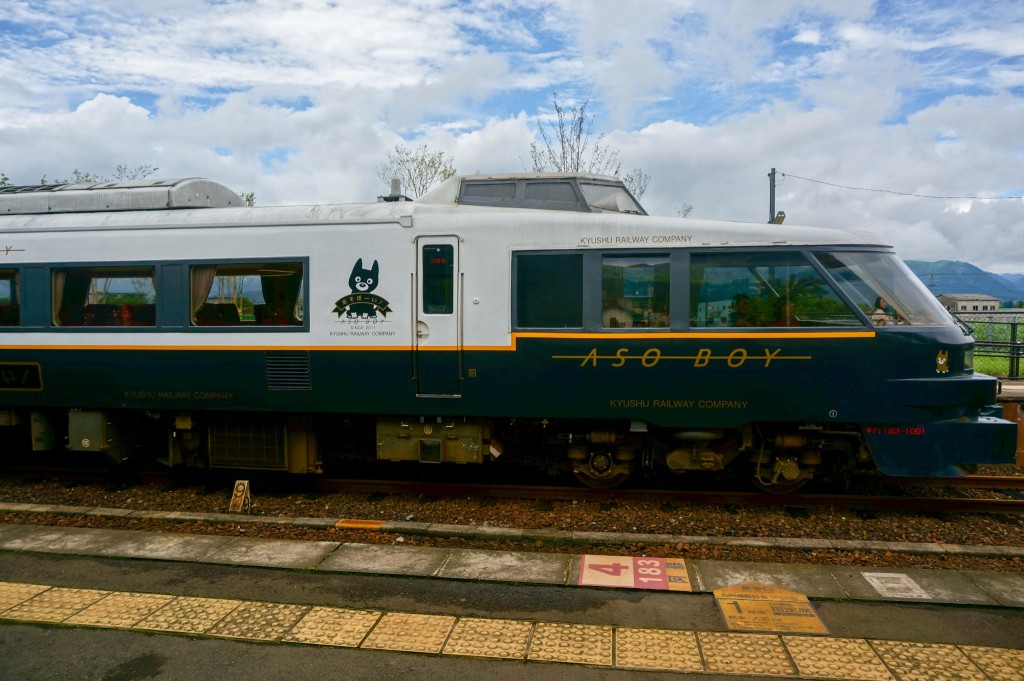
3. It’s often cheaper to buy train tickets as you go
Simple as it seems to flash a JR pass every time you board a train, it’s really not that hard nor is it expensive to buy train tickets as you go. This is especially true on short distance routes, including some of the most popular tourist destinations, Kyoto, Osaka, and Nara. Kyoto to Osaka for example, costs just ¥410 (~$3.60 USD) and takes a little over an hour by regular train (JR takes just as long). Needless to say, the average ¥4,158 ($37 USD) daily cost of a 7-day JR pass would not pay itself off for that day's trip!
If you want to work out whether buying tickets as you go will be cheaper, put in your desired destinations on Google Maps and crunch the numbers. Put in your start and end destinations, hit search, select transit, and the options, costs, and time will be visible, including for JR and non-JR trains.
The JR pass truly shows its value over long distances. Nothing beats the speed and convenience of the Shinkansen bullet train. For example, the bullet train from Tokyo to Osaka is currently ¥14,250 (~$129.63 USD). This is just under half the price of a 7-day JR pass. However, if you need to return to Tokyo (e.g. for your flight home), or if you want to go another long distance such as Hiroshima, then buying individual bullet train tickets costs the same or more than a JR pass. Remember, you can also buy slower local train tickets for much cheaper, but your travel time will be much longer.
4. Budget buses are plentiful and efficient
While Japan is famous for its high speed bullet trains, sometimes routes by bus can take nearly the same amount of time, or less. Most of the time they're the cheapest method too!
Willer Express is Japan's biggest budget bus company. It sells 3, 5, and 7-day Japan Bus Pass passes and offers 20+ routes around Japan. Best of all, the 3-7 days allotted in the passes can be used anytime, non-consecutively within 2 months. If you want to be really thrifty, you can even use the bus pass on overnight routes to save on a night's accommodation.
A great example of its cost effectiveness is the fact that you could visit 5 major cities across the country (Tokyo, Nagoya, Osaka, Kyoto, and Hiroshima) with a 3-day or 5-day pass for one third to half the cost of the JR pass (see further below). Bus passes and reservations can be made on the Willer Express website.
Even without a pass, individual buses are affordable and plentiful. An easy-to-use English website where you can browse for bus tickets is Kosokubus.com. Many buses also allow you to simply display your ticket from your smartphone.
5. JR Trains are NOT everywhere
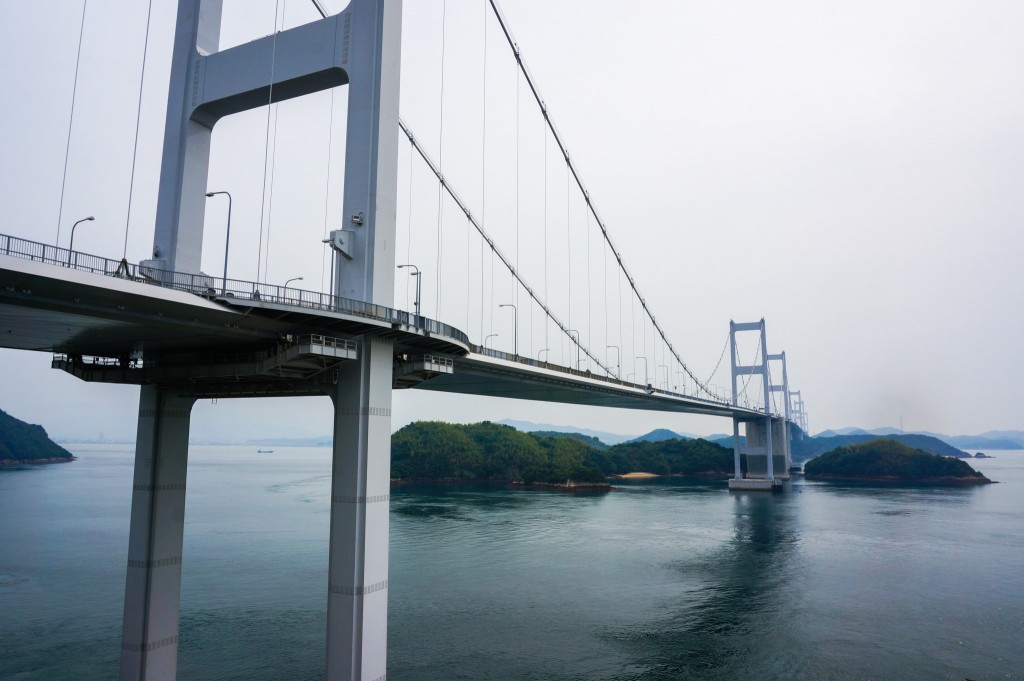
It’s easy to assume that the JR pass would take you to just about any city in Japan, however, this is not the case – nor is it always the fastest or cheapest, either.
Most recently we discovered a lack of JR coverage when looking to do the Koyasan temple pilgrimage trail, a ~3-hour journey from Osaka. This would be included in the Kansai-Hiroshima Area Pass or Kansai Thru Pass via a train and bus combo, yet the JR trains do not even run there, rendering a JR pass useless in this scenario. Be sure to consider any journeys not covered by JR that you'd need to cover out of pocket, even within major cities like Tokyo and Osaka.
Japan Travel Options: A Quick Look
If you're still not sure whether the JR pass is right for you, consider these options and how they may work in your itinerary. Remember, you can always buy transit as you go, or do so in combination of that with any of these options.
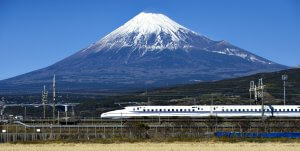
JR 7-day Pass
- Cost:
- Benefits: Works nationwide. Grants unlimited access to the insanely fast bullet trains. Ideal for limited, fast-paced travel.
- Downfalls: Only works on JR lines – does not work on local transit or non-JR trains. Some destinations not reached by JR. Not the cheapest option. Must be bought before arrival in Japan.
- Must be used consecutive days? Yes – must use back-to-back within the 7 days of purchase for 7-day pass, 14 days for 14-day pass, etc.
- Where to buy: Online at Klook
- Must be purchased before arrival in Japan.
Willer Express 3, 5, or 7-day Pass
- Cost:
- Monday to Thursday pass: ¥10,200 (~$77 USD) for 3-day pass, ¥12,800 (~$97 USD) for 5-day pass, ¥15,300 for 7-day pass (~$116 USD)
- All day pass: ¥12,800 (~$97 USD) for 3-day pass, ¥15,300 (~$116 USD) for 5-day pass
- Benefits: The cheapest option, nationwide coverage, 20+ routes including most popularly visited cities. Overnight bus routes can save $ on accommodation. Can be bought on arrival in Japan. Can be used on any individual days you want across 2 months. Ideal for longer trips and strict budgets.
- Downfalls: Often slower, somewhat less comfort compared to train travel.
- Must be used consecutive days? No. a 3-day or 5-day pass can be used any days in a 2-month window.
- Where to buy: Online on Willer Express website. There is no physical pass, you just make online bookings with your account.
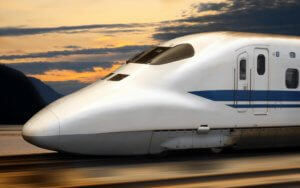
Kansai-Hiroshima Area Pass
- Cost: Only ¥15,000 (~$113 USD) on Klook for 5 days. Regular price ¥16,000 purchased at a JR West Station
- Benefits: Affordably covers the popular Kansai region (Osaka, Kyoto, Nara, Kobe, Wakayama, Shiga, Hyogo). Works on JR trains and buses, including the insanely fast shinkansen bullet train – even the Hello Kitty train! Can be picked up on arrival in Japan using a pre-purchased e-ticket.
- Downfalls: Only works in Kansai region, and only on JR buses and trains, which aren't always the most convenient for every attraction.
- Must be used consecutive days? Yes.
- Where to buy: Buy online at Klook, then show your mobile or printed voucher in exchange for the pass at a participating train station. You can purchase in-person at a JR West station, but this is more expensive.
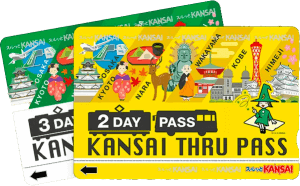
Kansai Thru-Pass
- Cost: ¥4380 (~$33 USD) for 2 days, ¥5400 (~$41 USD) for 3 days on Klook (Up to ¥200 cheaper than purchasing in Japan)
- Benefits: Affordably covers the popular Kansai region (Osaka, Kyoto, Nara, Kobe, Wakayama, Shiga, Hyogo). Works on public and intercity transit. Can be picked up on arrival in Japan, pre-purchased at Klook.com (earn points), or purchased in person.
- Downfalls: Only works in Kansai region.
- Must be used consecutive days? No.
- Where to buy: Buy online at Klook.com, then show your mobile or printed voucher in exchange for the pass at the Osaka airport or the Osaka City Air Terminal at JR Namba Station. Earn cashback points, which you can redeem for other attractions in Japan like the Osaka Aquarium, Tokyo Disney, or the Robot Restaurant. If you prefer to buy in person, check the website for a list of sales locations.
Mt. Fuji Pass
- Cost: ¥5,346 (~$48 USD) for 1 day, ¥7,776 (~$70 USD) for 2 days, ¥9,720 (~88 USD) for 3 days. (These are discounted prices available at Klook.com)
- Benefits: Unlimited bus and train rides in the Mt. Fuji area. Free or discounted access to many attractions including amusement parks, museums, and cableways (details here). Pre-purchase at Klook.com at a discount (and earn points) then picked up in Japan, or purchased in person (more expensive).
- Downfalls: Only works in Fuji area, only worth it if you are interested in the attractions.
- Must be used consecutive days? Yes.
- Where to buy: Pre-purchase at a discount online at Klook.com, then show your mobile or printed voucher in exchange for the pass at a number of locations listed on the site. Earn cashback points, which you can redeem for other attractions in Japan like the Osaka Aquarium, Tokyo Disney, or the Robot Restaurant. If you prefer to buy in person, check the website for a list of sales locations.
Note: Japan's budget airlines Vanilla Air, Peach Air, and Jetstar (Australian) offer competitive prices which at times can be cheaper than trains or buses, so is worth considering for long distances. However, arriving early and traveling to and from the airport will still take longer than a bullet train.
So, is the JR pass worth the cost?
- You are on a short trip (~7-10 days) and want to move as fast as possible.
- You are travelling long distances and/or many destinations. For example, Tokyo, Osaka/Kyoto, and Hiroshima are all spread apart, so a JR pass could save both money and time, especially if you also need a return trip (e.g. for your return flight home). Buses on these routes are still cheaper, but much slower.
- You aren't on a backpacker's budget (since buses are almost always cheaper, and overnight buses save on accommodation).
In these cases, the JR pass might be the best solution for you. You'll need to purchase ahead of time, and the website with some of the best prices is Klook. They'll have your pass mailed to you with worldwide within 10 days.
The JR pass might not be worth it if…
- You are backpacking or have a lot of time in Japan (10+ days), as the JR pass must be used on consecutive days. You can choose any 3 to 7 individual days within 2 whole months with a Willer Express bus pass, or just buy individual tickets at Kosokubus.com.
- Your main areas of travel include only Tokyo, Fuji, and/or Osaka/Kyoto/Nara. Regional passes like the Kansai Thru Pass (Osaka/Kyoto/Nara) and the Mt. Fuji Pass give transit access as well as discounts on attractions at a much better value.
If you have time to see Japan more thoroughly, we find it cheaper to alternate between buying bus and train tickets as we go (including JR lines), and/or using regional passes (especially the Kansai Thru Pass for the most popular areas around Osaka and Kyoto). The pay-as-you-go approach seems the best way to stretch travel dollars and explore at a reasonable pace!
More Thrifty Tips for Japan
- For a full guide to all the JR passes available, check out Japan Rail (JR) Passes: The Ultimate Guide.
- Need some itinerary ideas? We have a guide on Japan itineraries for 7, 10, and 14 day trips.
- Find the cheapest accommodation in each city with HotelsCombined, which compares both hostels and hotels across many different booking sites. Don't forget to check Airbnb too.
- For regional passes or for any other attractions, try browsing Klook.com. They have a cashback points program, so you'll earn on every booking. Plus, their prices are often cheaper than buying in-person, and you can usually redeem your voucher just from your phone.
Get $10 USD off your first Klook purchase with coupon code THRIFTY10 (minimum spend $120 USD, new users only)
- Find the cheapest flights into Japan and around the country with Skyscanner. Search by “entire month” to see the cheapest date to fly.
- Check out our other guides: “6 Tips to Travel Japan on the Cheap” and “How to be a Frugal Foodie in Japan“
Have you used the Japan Rail (JR) pass? Did you find it cheaper or convenient for your trip? Share your experience below!


